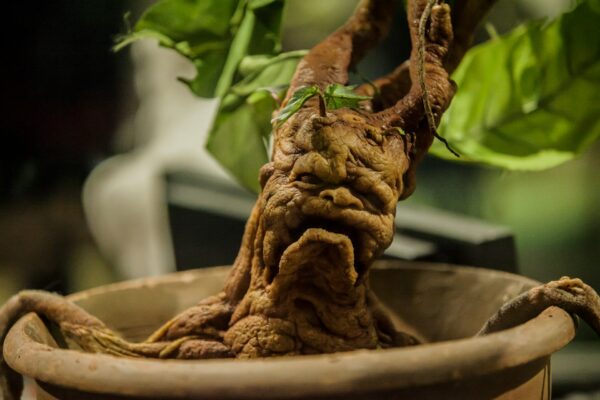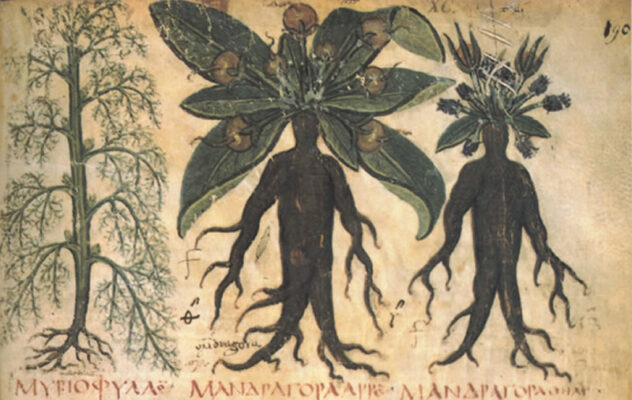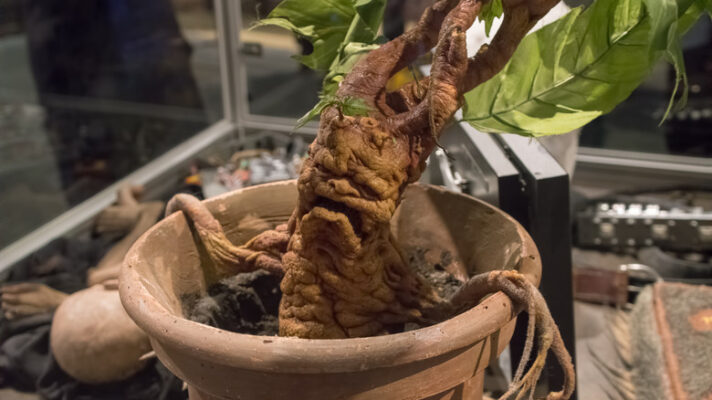The Mandrake plant, with its rich tapestry of myth and legend woven through centuries of folklore, continues to fascinate and mystify plant enthusiasts and folklore aficionados alike. This peculiar plant, scientific name Mandragora officinarum, is famed not only for its unusual root structure, which eerily resembles the human form but also for its deep roots in cultural beliefs and magical lore.
A Plant Entwined with Myth and Legend
Tracing the Roots: A Journey Through History and Folklore
The history of the Mandrake plant stretches back to ancient times, where it was both revered and feared for its supposed supernatural powers. Found in the writings of Pliny the Elder and mentioned in the Bible, the plant has been a constant figure in medicinal and magical practices, believed to cure everything from headaches to demonic possession.
Decoding Mystical Powers: Exploring the Beliefs and Legends
Many of the legends surrounding the Mandrake stem from its human-like roots, often perceived as male or female figures. Its harvesting was steeped in ritual; it was said that pulling a Mandrake from the ground would unleash a deadly scream. Thus, it was traditionally harvested using a dog to pull the plant from the earth, protecting the harvester from its lethal cry.
The Mandrake in Art and Literature: A Symbol of Enchantment and Danger
The Mandrake’s influence extends into art and literature, where it has been depicted in various forms—from Renaissance paintings that highlight its magical properties to literary works that imbue it with a sense of deep mystery and foreboding.
Ancient Mythology: A Journey Through Cultures
The Mandrake in Greek and Roman Mythology: A Source of Magic and Medicine
In ancient Greek and Roman cultures, the Mandrake was commonly associated with magic and witchcraft. It was often used in love potions and enchantments, as well as a potent anesthetic for surgeries and magical rituals.
The Mandrake in European Folklore: A Creature of Duality and Superstition
In medieval European folklore, the plant becomes a creature of duality—both a protective charm against evil spirits and a dangerous, bewitching entity. It was often kept as a talisman, believed to bring good fortune and prosperity to its owner.
The Mandrake in Other Cultures: A Global Presence in Myth and Legend
Beyond Europe, the Mandrake’s lore can be found in various cultures worldwide, each adding a layer to its mystique. In some traditions, it is seen as a powerful protector, while in others, it is a dark omen.
Popular Culture: A Modern-Day Legacy
The Mandrake in Literature: From Shakespeare to Harry Potter
From William Shakespeare’s “Romeo and Juliet” to J.K. Rowling’s “Harry Potter” series, the Mandrake has made notable appearances, showcasing its enduring appeal in narratives that blend the magical with the mortal.
The Mandrake in Film and Television: A Recurring Motif in Fantasy and Horror
The Mandrake continues to be a popular motif in modern media, often depicted in films and TV shows that explore themes of fantasy, horror, and the supernatural. Its eerie and mythical qualities make it a compelling addition to any fantastical story.
The Mandrake in Video Games: A Source of Enchantment and Challenge
In the realm of video games, the plant often appears as an element of enchantment or as a challenge for players, integrating its legendary attributes into interactive experiences.
The Mandrake plant, steeped in rich mythology and cultural significance, remains a fascinating subject for anyone interested in the intersection of botany and folklore. Whether as a curious botanical specimen or as a symbol of mythical power, the plant captures the imagination, reminding us of the times when plants were closely linked to the mystical and the magical in the human psyche.





